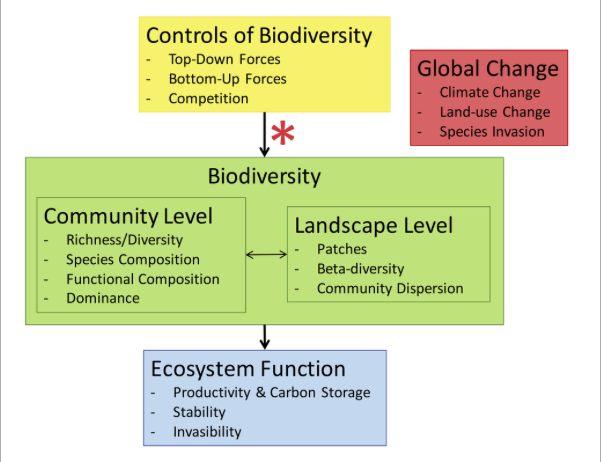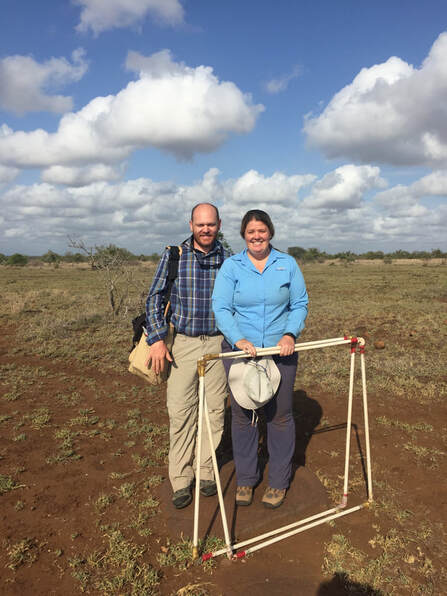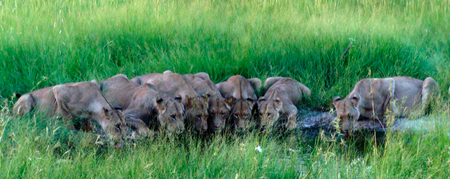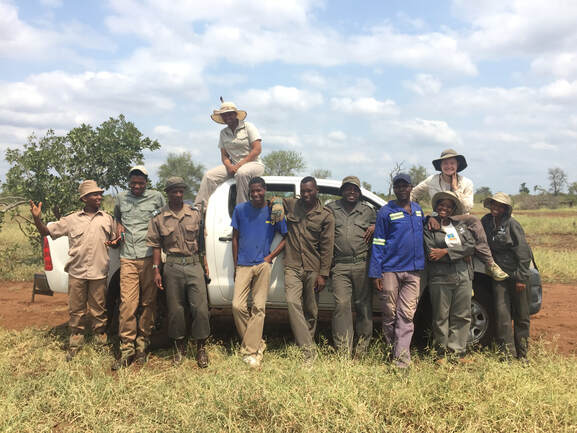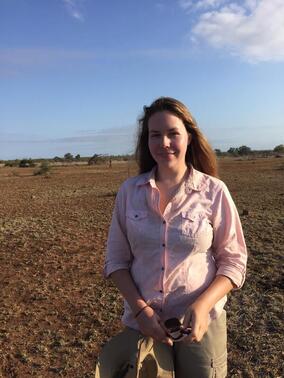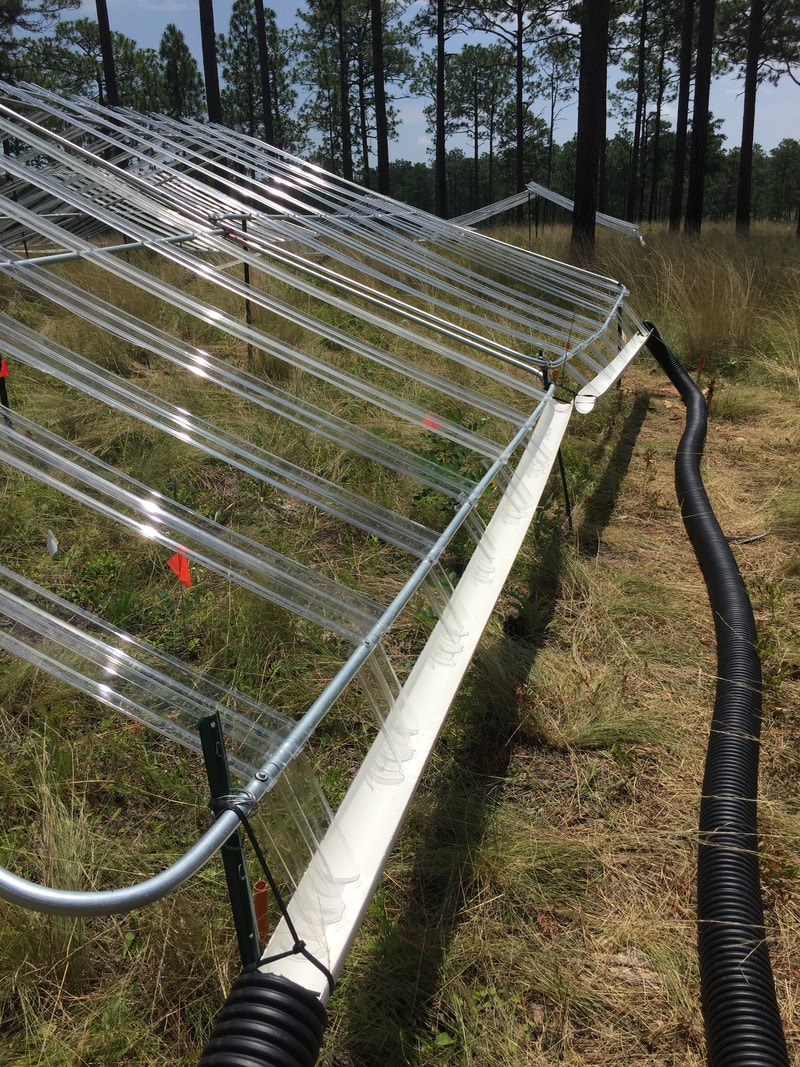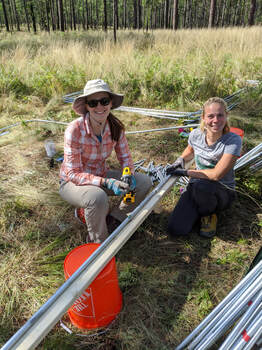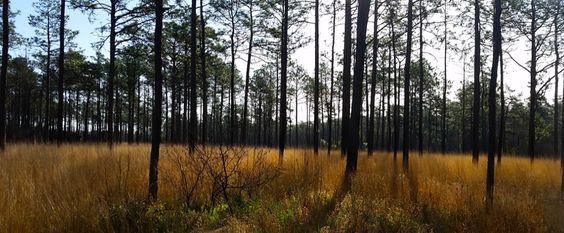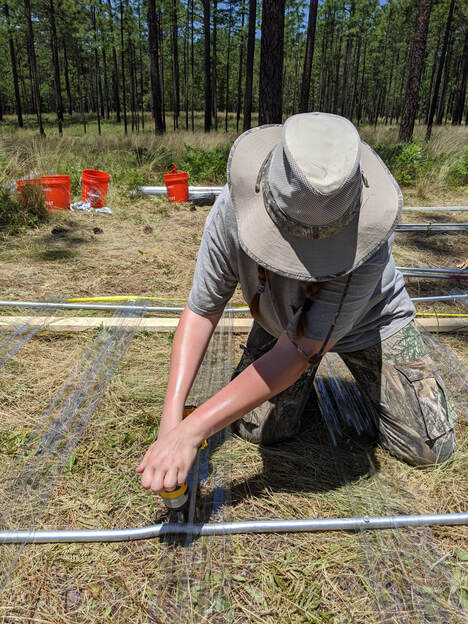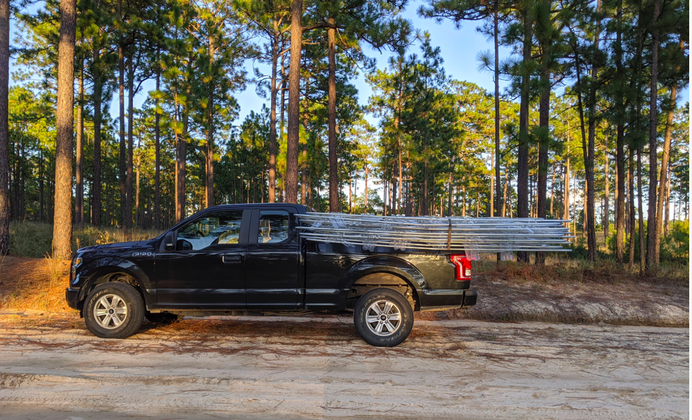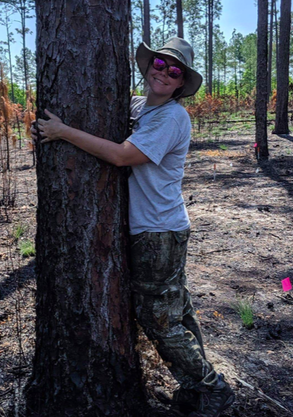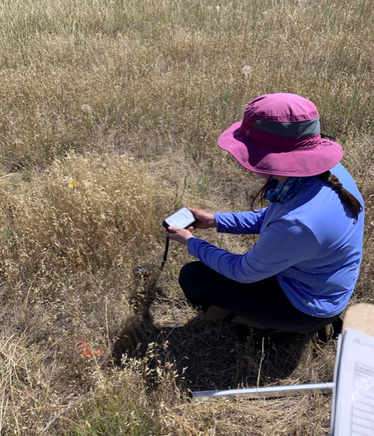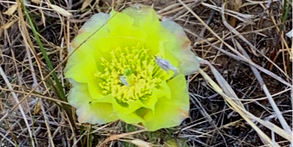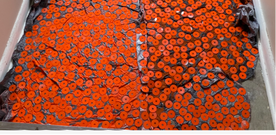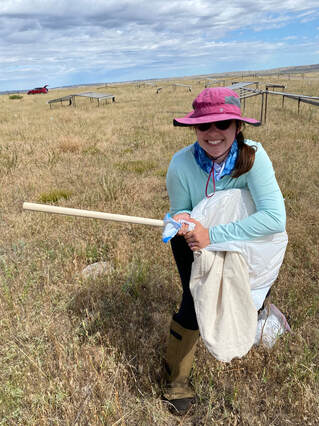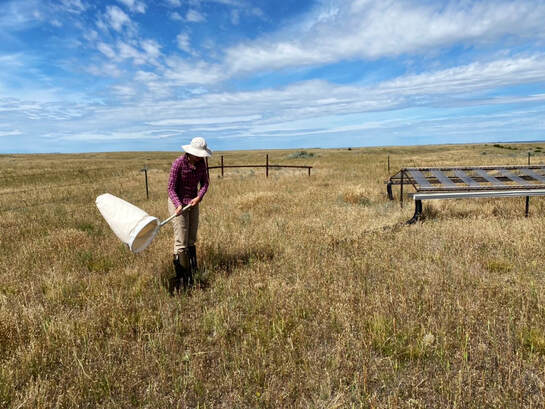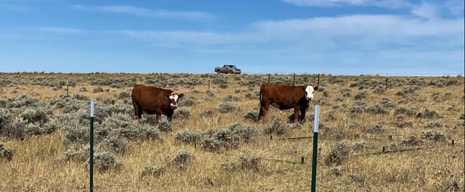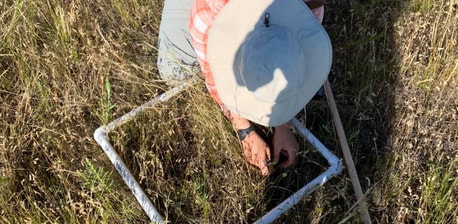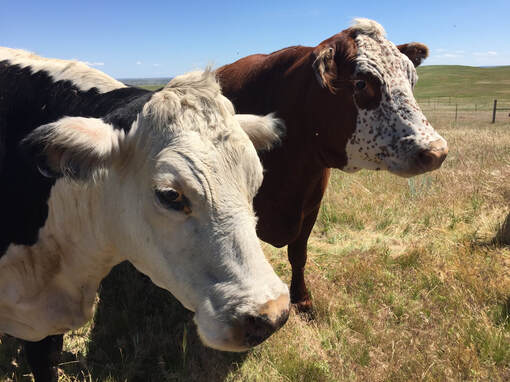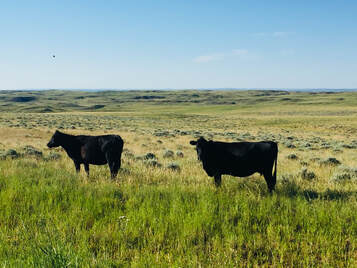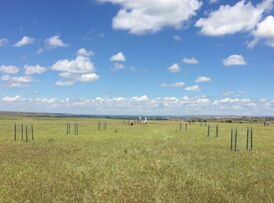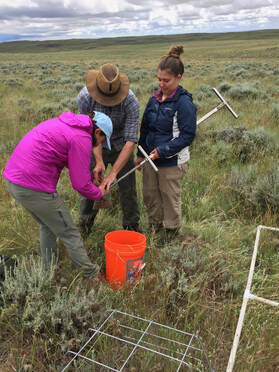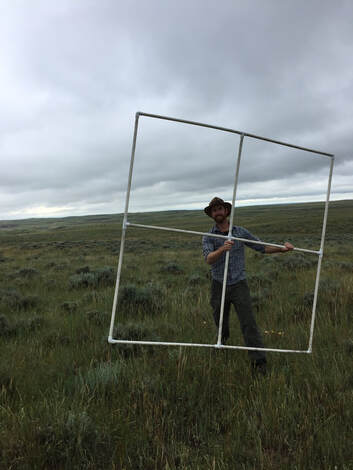Featured Projects
Consequences of Extreme Drought
Kruger National Park (KNP), a biodiversity hotspot in South Africa, experienced one of its worst droughts on record, with a moderate drought in 2015 followed by an exceptional drought in 2016. This drought resulted in significant declines in net primary production, forage availability and surface water as well as dramatic declines in herbivore populations with the remaining animals left to consume low quality mostly unpalatable forage. For almost a decade prior, we had been assessing how this savanna grassland responded to alterations in fire frequency and herbivory, key determinants of plant community structure and ecosystem function, providing us with pre-drought data and a robust understanding of how fire regimes and grazing pressures interact under nominal climatic conditions. Now we are examining how fire and grazing regimes interact with extreme drought conditions to impact herbaceous plant communities and ecosystem functioning.
More Projects
Longleaf Pine Savanna
Longleaf pine savannas once covered large portions of the Southeast, and sadly they are now almost forgotten with only 3% of their historic range remaining. This loss has meant that we have lost much of the biodiversity found within longleaf pine savannas with their understory plant community being one of the most diverse ecosystems found in the world. Our research focuses on this diverse understory and how to restore it in the face of a rapidly changing world. Check out Alyssa Young's website and our CURE for more about the cool work we are doing in longleaf pine savannas.
Data Synthesis at Global Scales
Data synthesis is a critical tool ecologists can use to push our field forward and requires a completely different set of skills compared to experimental place-based research. In the Koerner Lab, we frequently pair experimental and synthesis work to tackle the same question through different lenses. We work to compile, analyze, and digest the vast amount of data accumulated in ecology, in order to yield new insight and generate new theories. Currently, we are working on multiple synthesis projects:
1. Fire effects on multiple conservation outcomes in tallgrass prairie (led by Kathryn Bloodworth with Elizabeth Bach at the Nature Conservancy Nachusa Grasslands)
2. Drought effects on invasive brome grasses in the mixed grass prairie (led by Morgan Frost)
3. Community change under ambient conditions is related to responsiveness of plant communities when exposed to global change (using the amazing CoRRE Database)
4. Grazing by large herbivores influences community dynamics globally (first paper out at NEE but many more to come using the amazing Grazing Exclosure Database).
1. Fire effects on multiple conservation outcomes in tallgrass prairie (led by Kathryn Bloodworth with Elizabeth Bach at the Nature Conservancy Nachusa Grasslands)
2. Drought effects on invasive brome grasses in the mixed grass prairie (led by Morgan Frost)
3. Community change under ambient conditions is related to responsiveness of plant communities when exposed to global change (using the amazing CoRRE Database)
4. Grazing by large herbivores influences community dynamics globally (first paper out at NEE but many more to come using the amazing Grazing Exclosure Database).
Resilience in Rangelands
Strategies to deal with predicted multi-year extreme droughts are limited by a lack of experimental and observational information, threatening our nation’s rangeland health. Discovering and adopting best management practices for this changing climate is critical. Traditionally, experimental manipulations have focused on either environmental manipulations or management manipulations. Starting in 2018, we have experimentally tested drought-management interactions in northern mixed-grass rangeland, which represents the largest ecoregion in the United States. Our two main aims are (1) experimentally examine the interactive effects of drought intensity and grazing management to determine mechanisms underlying rangeland resiliency in the face of a changing climate, and (2) facilitate implementation of best-management practices through a variety of extension activities including project development and information dissemination. Check out Morgan Frost's and Kathryn Bloodworth's websites for more Koerner Lab work in northern mixed grass prairie!
Long-term Plant Community Dynamics
Grasslands around the world are maintained by three key drivers - grazing, fire, and precipitation - all of which impact the amount and availability of limiting resources such as light, nutrients, and water. Through numerous ongoing studies, primarily at the Konza Prairie Long-Term Ecological Research site, we examine the independent and interactive effects of disturbance (fire and grazing), precipitation (amount and pattern), and nutrient availability on plant community diversity and composition. Key elements of this research are understanding how grasslands respond to these drivers, and how future changes in each of these drivers due to humans will impact grassland biodiversity and ecosystem function. Check out Sarah Gora's and Rose Terry's work for more about Koerner Lab work in the tallgrass prairie.
